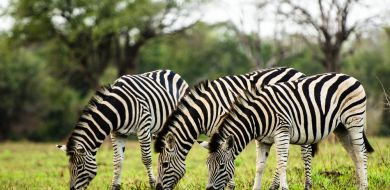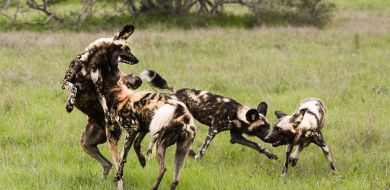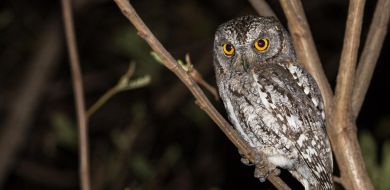Sabi Sabi Wild Facts: Woodland Kingfisher
on Dec 16, 2014The Woodland Kingfisher (Halcyon senegalensis) is a small bird with stunningly colourful plumage. It has very bright blue feathers on its back, wing panels and tail, with black shoulders and a white belly. It is distinguishable from the similarly coloured Mangrove Kingfisher, by its red upper and black lower mandible. The Mangrove species' bill is all red.
This beautiful bird is an intra-African migrant. It can be found from just north of Pretoria in Gauteng, to south of the Sahara desert, migrating up through Africa in the dry season. In South Africa it is most commonly found in Acacia thornveld.
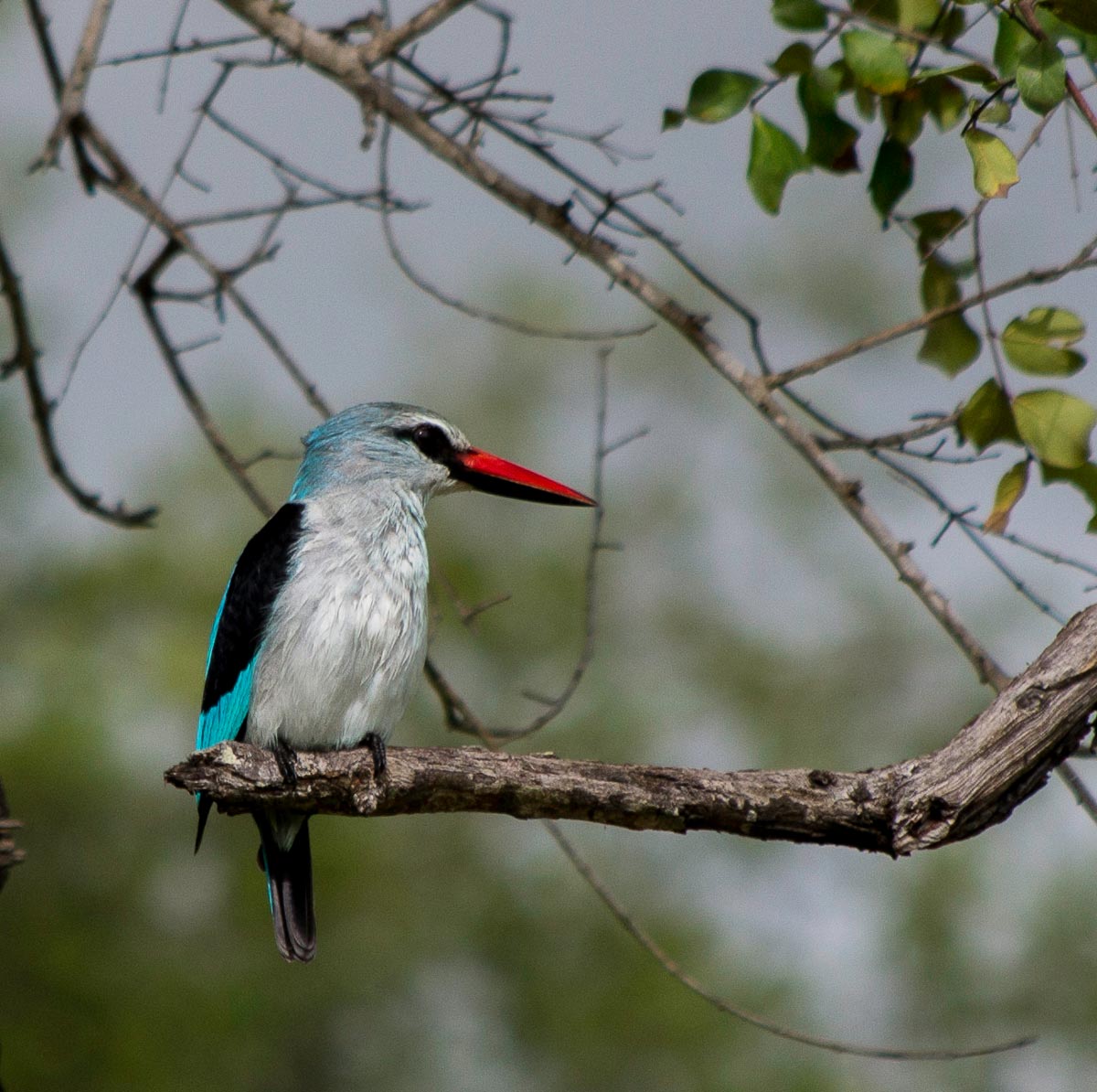
Contrary to their names, the majority of kingfishers don't actually fish for their food, with the Woodlands Kingfisher forming part of the non-fishing group. Fish are seldom part of the Woodland's diet. It prefers to hunt its prey from low tree branches away from water, swooping down to catch insects on the ground.
Whereas the riverine kingfishers tend to nest in burrows in riverbanks, this species nests in abandoned woodpecker or barbet tree holes. During courtship both the male and female can be seen perched on a branch with wings outstretched, displaying their bright colours. The female lays 2 to 4 eggs which hatch after about 2 weeks. Both parents feed the chicks.
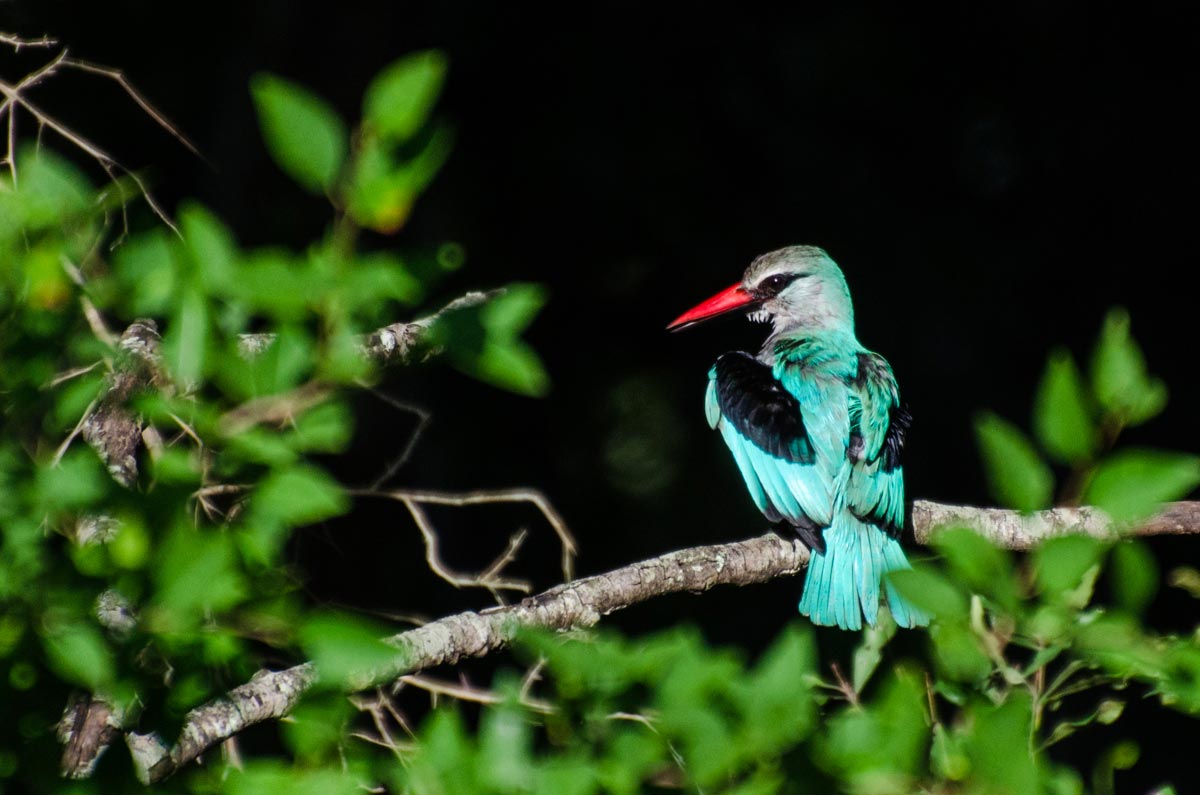
At Sabi Sabi the Woodland Kingfisher call is the first welcome signal of the return of the summer, and it is generally the first migrant bird to return. The males can be heard calling constantly as soon as they arrive back into the bushveld, continuing until the end of the breeding season. The call is very distinctive and unmistakable, beginning with one sharp, loud, high note, followed by a repetition of trills which gradually descend, finally fading away.
